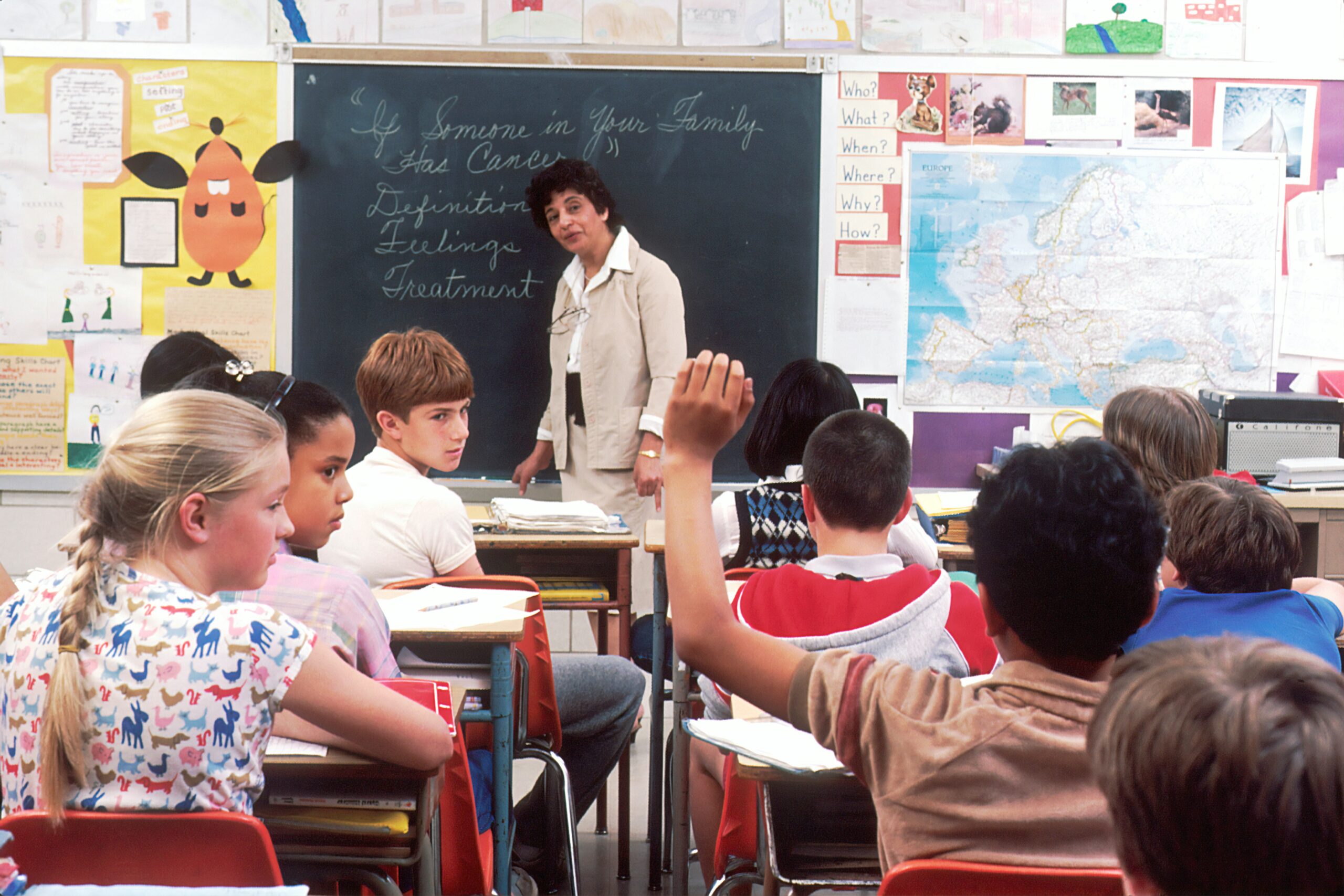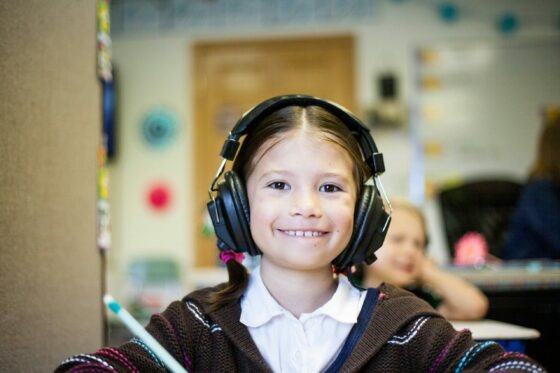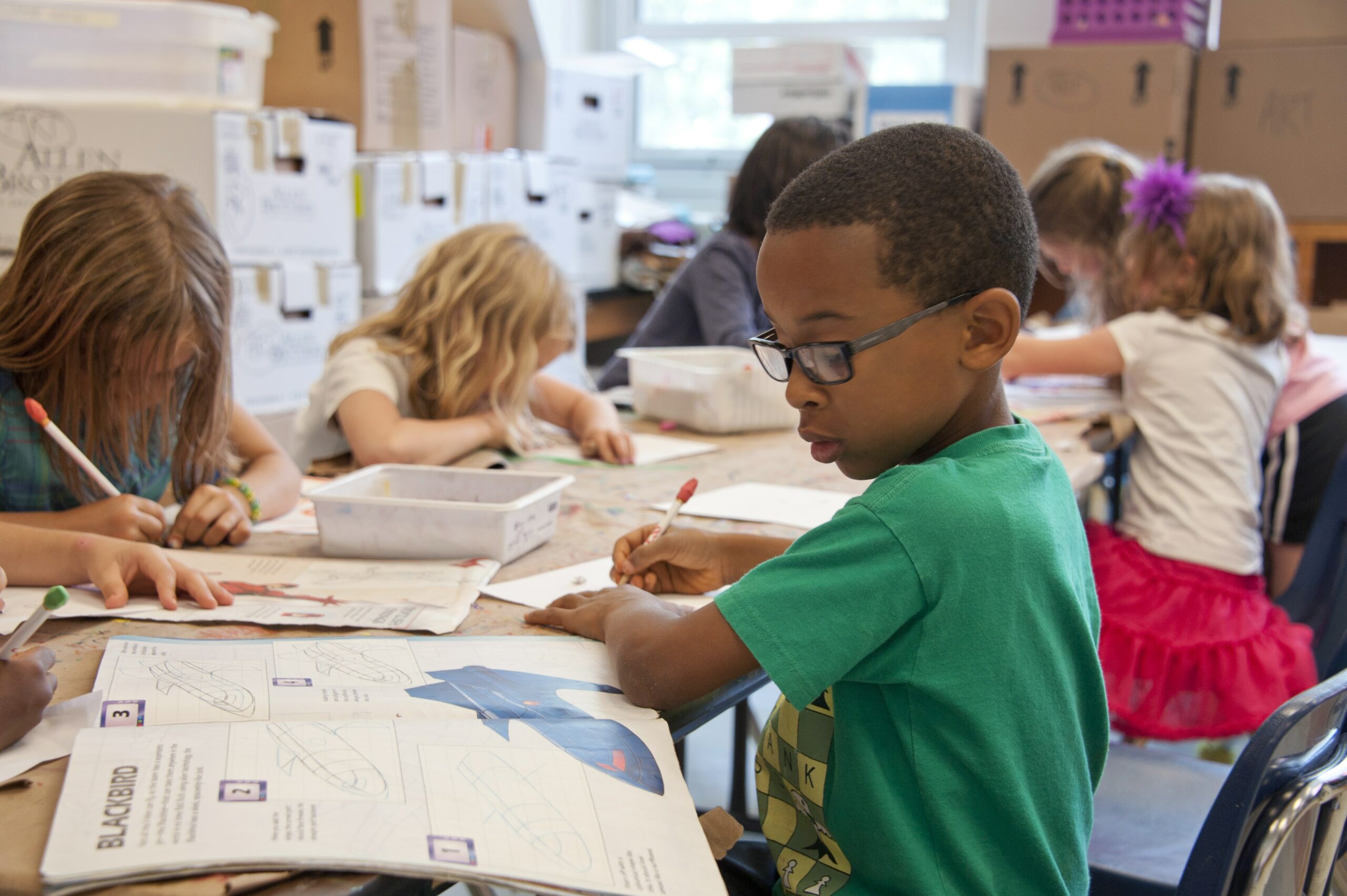
Supporting a Child Who Is Changing Schools: A Compassionate Guide for Parents
Changing schools is a major life transition for any child. Whether it’s due to a family move, academic needs, or social challenges, the shift to

Changing schools is a major life transition for any child. Whether it’s due to a family move, academic needs, or social challenges, the shift to

“I don’t have time for this, I have too much to teach.” “I am not qualified to be their therapist in the classroom.” “These soft

In an era of constant media coverage and political discourse, students are frequently exposed to news that can be stressful, divisive, or overwhelming. Political events,

In an era where life’s demands often overshadow personal well-being, prioritizing self-care for your family is crucial. By integrating thoughtful practices into daily routines, families

Helping your children make healthy choices is a meaningful journey that lays the foundation for a bright future. You can empower them to embrace a

In the hustle and bustle of modern life, it’s no surprise that many of us struggle with feelings of anxiety and depression. These emotional challenges

In recent years, educators and mental health professionals have been exploring innovative approaches to help children cope with stress, anxiety, and emotional challenges. One such

The back-to-school season is a time filled with excitement, but it can also bring stress and anxiety for students. Whether it’s the pressure of academic

As summer comes to a close, students and teachers alike often face a mix of excitement and anxiety about the new school year. The transition

In our fast-paced society, establishing early habits of self-care and mindfulness is essential for children, equipping them to handle future challenges and opportunities. Self-care extends



The Imagine Project, Inc. is a 501c3 organization, we appreciate your continued support helping ki

Join our community to get the latest tips, exclusive offers, and updates straight to your inbox. Don’t miss out—subscribe now and be the first to know!